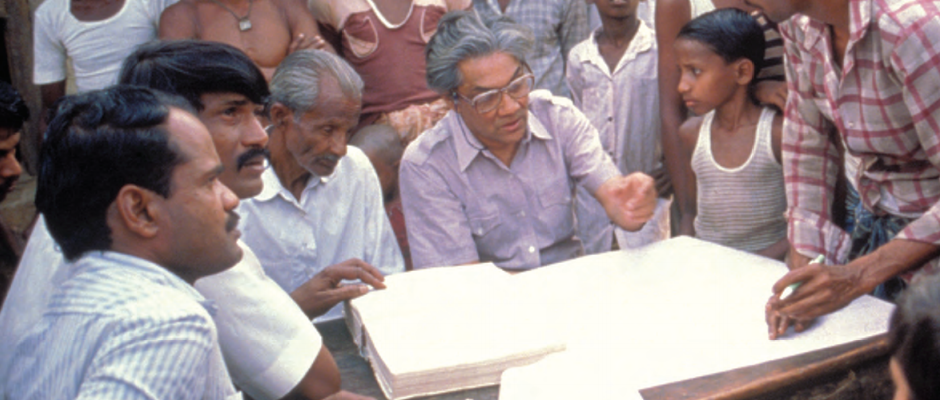
Public Financial Management (PFM) plays a critical role in policy-making and public service delivery. Participatory Budgeting (PB) is a PFM tool that offers an opportunity for citizens and the civil society to engage in the decision-making process regarding budget allocations and the assessment of budget implementation. A recent paper by Philippe Lassou and colleagues (2021) explores how PB has contributed to addressing various local needs and expectations in terms of health expenditure and outcomes in Benin.
Three basic research questions are considered by the study : (1) From a broader perspective, what is the association between the quality of PFM systems and health indicators in Sub-Saharan African (SSA) countries? (2) How is PB deployed in local government in the context of health service delivery in Benin? (3) What is the nature and extent of stakeholder involvement and engagement in the Benin PB process, with a particular emphasis on service delivery in healthcare provision at the grassroots level?
The link between PFM and health outcomes
In order to explore the first research question, the study considers existing PEFA assessment reports for SSA countries over the past 15 years. The researchers then analyze trends in comparable core dimensions from PEFA 2011 and pillars from PEFA 2016 frameworks relating to Budget Reliability/Credibility, Transparency & Comprehensiveness, Policy-based Budgeting, Predictability and Control in Budget Execution, Accounting and Reporting, and External Scrutiny and Audit. These evaluations are associated with key measures in SSA of health service delivery, resources and outcomes.
The authors’ evaluation of PFM performance in SSA countries, including Benin, reveals mixed results, with very limited improvements, and in some cases deterioration. On average, the comparatively best performing indicators are the so-called ‘upstream ones’ (for example, the Policy-based Budgeting and Comprehensiveness and Transparency pillars), whereas the ‘downstream’ indicators have performed poorly (External Scrutiny and Audit).
Using correlation analysis, health expenditures are in the main significantly and positively associated with many of the PFM systems or processes. Although the authors do not claim causality, one implication is the alignment between increased health expenditure and transparency, adequate documentation (which enables monitoring and provides an audit trail for external scrutiny at a later stage), improved control over spending, and proper accounting for its execution, for enhanced oversight (with a view to lessons learned, in the interests of appropriate rectification and future planning). In terms of health outcomes, particular metrics, such as the maternal mortality ratio, are significantly associated with all of the six PEFA pillars used in the analysis. Similar results are observed across immunization outcomes, albeit to varying degrees.
Performance based budgeting in Benin
The paper then introduces the experience of five municipalities in Benin that had undertaken PB exercises (Adjarra, Comè, Covè, Ouinhi, and Toffo) and demonstrates how PB helps improve these municipalities’ PFM performance. These local communes were enrolled in the municipal development plan (PDC), which highlights the involvement of the local population and civil society groups. For example, village forums were held in an open and accessible space where citizens can express concerns and provide input, local NGO representatives were sent to communities to talk with residents and elicit their needs.
As a result, the PFM in relation to community health in these communes improved significantly in terms of health budget and expenditure. The paper also points out various challenges, including the lack of discretionary budgets, direct and indirect budget cuts, gender-related issues, and local cultures and contexts.
Given the evidence of the effectiveness of PB and the challenges seen in the Benin experience, the authors offer a number of recommendations:
- A greater consideration of participatory budgeting (PB) and other similar ‘public engagement’ processes in sub-national government.
- An evaluation of participatory budgeting by relying on available data sources.
- To foster the establishment of an international ‘community of practice’ on the use of PB in subnational and national PFM systems.
- A national organization could be set up to bring together individuals, organizations, and local government that have been involved in the delivery of PB.
- An evaluation of the outcomes of PB-selected projects.
Community participation must put down local roots and not rely on continued external support.
Read the full study on PEFA’s website:
Photo credit: Antoinette, a nurse at a health center in Athiémé (World Bank Photo Collection), used under Creative Commons License (CC BY-NC-ND 2.0).





